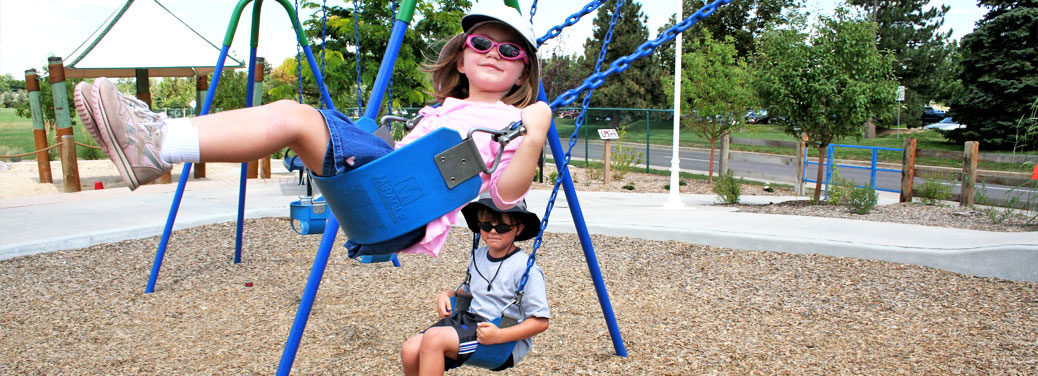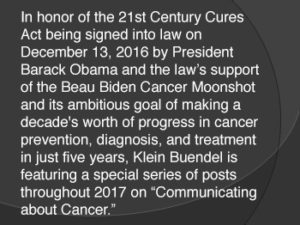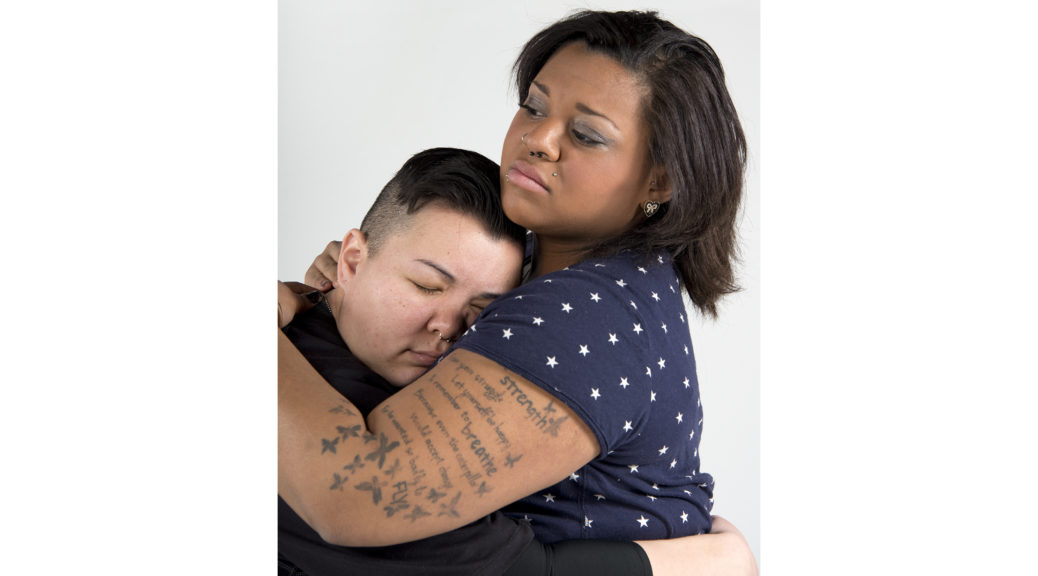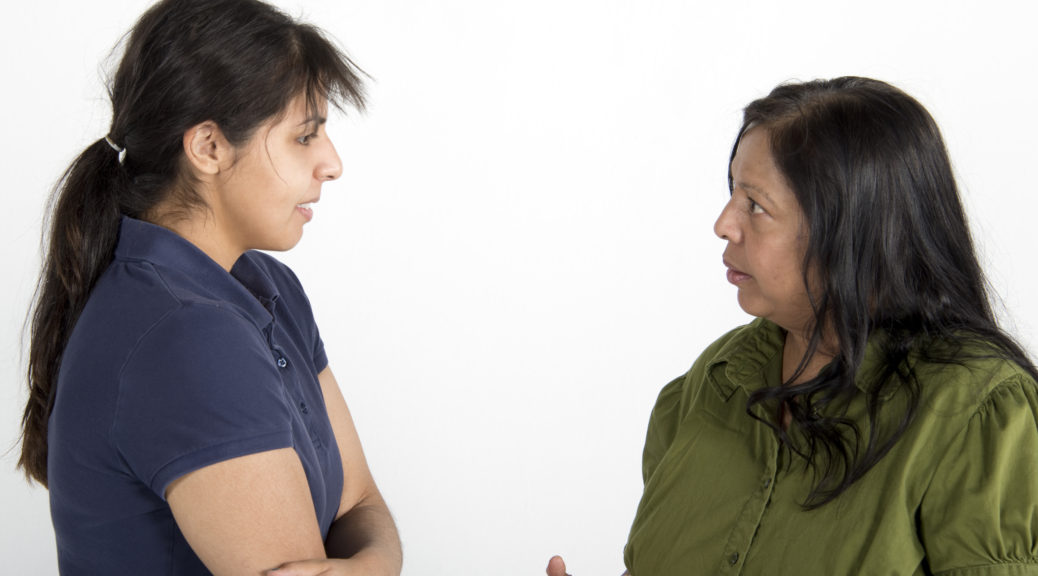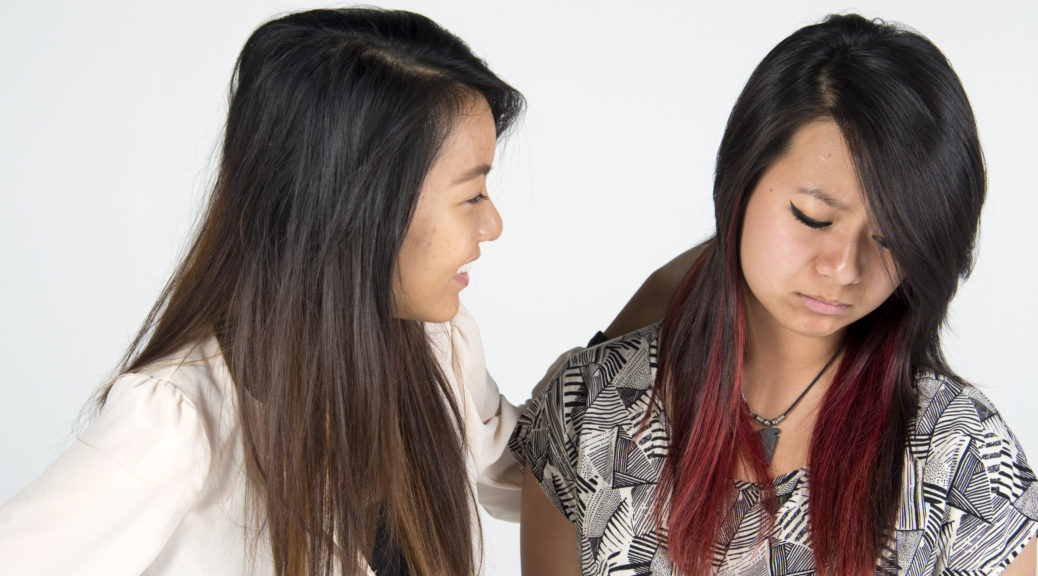Behavioral Counseling Recommendations for Skin Cancer Prevention
In the March 20, 2018 issue of the Journal of the American Medical Association, the U.S. Preventive Services Task Force (USPSTF) published a recommendation statement on behavioral counseling to prevent skin cancer.
The publication updated the 2012 USPSTF recommendation on behavioral counseling for the prevention of skin cancer.
The USPSTF determined that behavioral counseling interventions are of moderate benefit in increasing sun protection behaviors in children, adolescents, and young adults with fair skin types (aged 6 months to 24 years old). They found adequate evidence that behavioral counseling interventions result in a small increase in sun protection behaviors in adults older than 24 years with fair skin types.
The USPSTF, however, found inadequate evidence on the benefits and harms of counseling adults about skin self-examination to prevent skin cancer. This conclusion was based on the lack of evidence that skin self-examination is beneficial.
Two editorials – one led by Dr. June Robinson from the Department of Dermatology at the Northwestern University Feinberg School of Medicine in Chicago and the other led by Dr. David Buller, Director of Research at Klein Buendel – were also published along with the Task Force recommendations.
The editorial by Robinson and Jablonski points out that while physicians are trusted sources of health information, people at risk for skin cancer or with a family history of skin cancer may also find family members to be useful networks for information on prevention and self-examination.
The editorial by Buller, Heckman, and Manne expresses disappointment in the Task Force not recommending skin self-examination and points out that some ongoing studies to determine effectiveness of skin self-examination may find that it is effective.
Both editorials describe the Task Force’s definition of risk as “fair skin types” as narrow. They believe that many other people are at risk for skin cancer and could benefit from sun protection education and counseling. Some groups mentioned in the editorials include people who sunburn but are not considered fair-skinned, people who use indoor tanning equipment, children and adolescents, Hispanics, and people who are physically active outdoors. According to the authors, it is important not to disenfranchise these groups within the diverse U.S. population.


